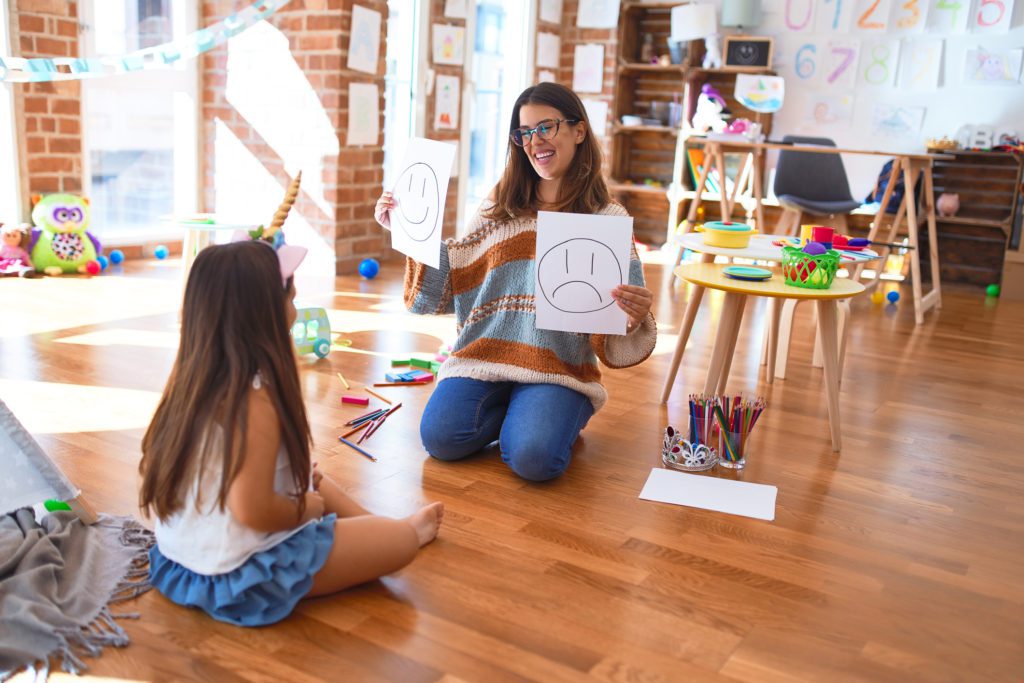What is Play Therapy, Exactly?
Allison Bates, M.S.

The subgenre of play therapy is one that has many sceptics due to the subjective nature of play. Many people (including therapists of other subgroups) struggle with feel like ‘playing’ is a valid and beneficial form of therapy; however, research states that play therapy is very helpful for ADHD, problem classroom behaviors, anxiety, fear, and self efficacy and have a strong positive correlation of change for posttraumatic stress disorder, neglect, chronic illness, and aggressive behavior (Kool, Lawver).
Play therapy operates much the same way counselors use free association with adult clientele, except since children communicate through play, the therapist uses the “child’s unconscious experiences, desires, thoughts and emotions” to help them understand their emotions and work through the tough ones (British Association of Play Therapists). During the first decade or so of life, the brain has an inability to “comprehend complex issues, motives, and feelings because they lack abstract thinking” (BAPT). However, children are able to utilize symbols to make sense of their own worlds, which is reflected in the themes and situations of their play.
According to renowned psychologist Clark Moustakas, there are general stages to play therapy, starting with a child expressing their negative feelings through expressive means (art, sand, active play, narrative play). As the child processes their heavy emotions, they become less intense (both in the play room and in other settings, like school and home). Over time, the child is able to make sense of the emotions and work through them, allowing for the “emergence of positive feelings and more balanced relationships” (BAPT). As the child plays, “the therapist’s task is to recognize the feelings and thoughts which the child is expressing in play and reflect these back to the child” in a way that they can understand.
Below is the link to the Georgia Play Therapy Association website with sample videos of therapists modeling play therapy to better understand the importance of a child to express themselves in a healthy, age-appropriate way.
https://gapt.org/play-therapy-videos
References:
https://www.bapt.info/play-therapy/history-play-therapy/
https://www.ncbi.nlm.nih.gov/pmc/articles/PMC2989834/



